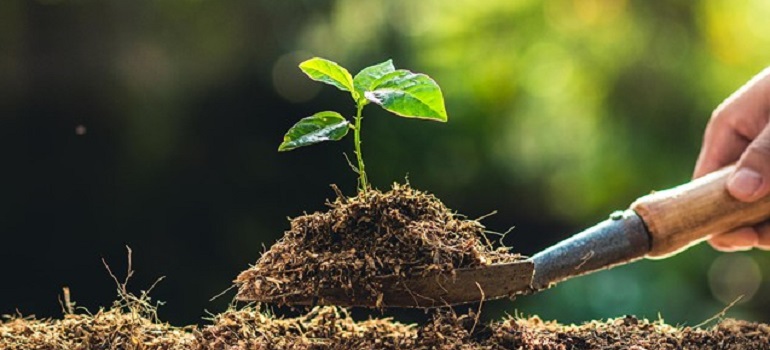Unlocking a sustainable food system, biodiversity boost, and community connection through nature-mimicking gardens.
Food is intrinsic to our environment, it grows from the soil and food is connected to our economy, culture and spirit. That is why having our own food forest is crucial. A food forest is like a special garden where we can grow lots of diversified foods. It’s a wonderful place where we can be happy and healthy. And the best part? We work together with nature instead of fighting against it.
What Is a Food Forest?
Food Forest is an edible garden system that mimics the way a forest grows, but we put a bunch of edible species in there.
A food forest is an ancient concept that is making a comeback, it’s a perennial garden that comes back every single year and it’s layered to mimic the biology of a forest. And soil being a part of nature, understands only natural biology and grows best in the presence of natural elements and responds well to them, and not when artificial chemicals are put into it.
Embrace the magic of food forests
In the modern world, what we eat is facing serious problems. Many people don’t have enough food, and the food we can get isn’t always reliable or nutritious for us. Packaged and processed foods often have chemicals in them, and there are a lot of fake or low-quality products out there. This means we’re not sure if what we’re eating is healthy or safe.
Amidst these challenges, Food forests prove to be a powerful solution in taking control of our food supply, embracing freedom and food sovereignty.
Regenerating edible forests through permaculture principles
In a food forest setup, where life thrives in various layers, it requires minimal upkeep like trimming, managing pests, adding fertilizers, and watering. Despite this, it yields a diverse range of crops.
An edible food forest imitates natural patterns, akin to permaculture, to enhance biodiversity and cooperate with natural progression.
To illustrate biodiversity, consider a mango tree. Instead of using artificial pesticides, we plant biomass plants like legumes. These plants enrich the soil with nutrients from the air and ground. They also create habitats above and below the surface, fostering ecosystems where insects and fungi can thrive. This balance helps control pest populations and diseases, while also enriching the soil with organic matter.
By practicing these regenerative methods grounded in permaculture principles, we keep the land fertile, promote the growth of trees and shrubs, and reduce the amount of manual labor required.
Regenerating Nature with edible gated community farmlands
Food forests offer more benefits than the effort we put into them. They provide a sense of security in what we eat, bring families closer, and improve our health.
Restoring nature to its purest state requires effort from everyone. This is where gated community farmlands come in. People are realizing the importance of consuming from clean sources, and when a community of conscious consumers who love growing food forests comes together, they can make a big impact.
In gated community farmlands, residents understand how their actions affect nature. Working closely with the soil not only reconnects them with nature but also encourages reflection on their thoughts and emotions and how they relate to the world around them.
Food forests: Reshaping our world
Food forests are valuable for promoting biodiversity, purifying our air and soil, and encouraging a different approach to eating. It’s crucial to recognize that every aspect of the environment is interconnected, and we are a part of that connection. Understanding this, we realize we have the ability to play a positive role and reshape these systems for the better.
AUTHOR

Srinath Setty, CEO, Hosachiguru.


